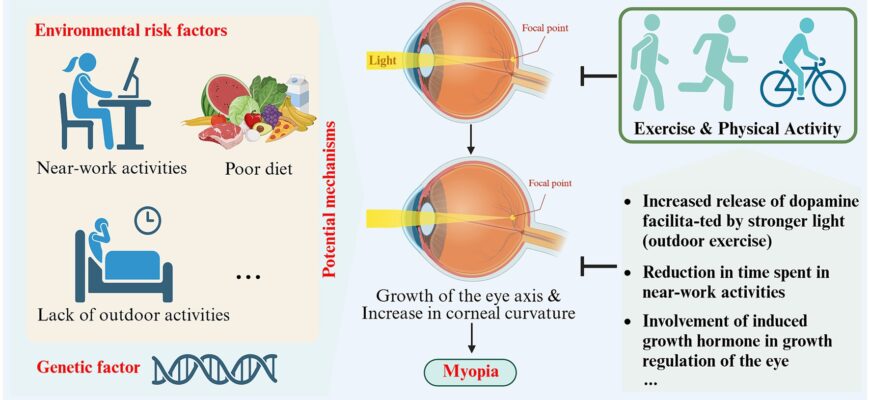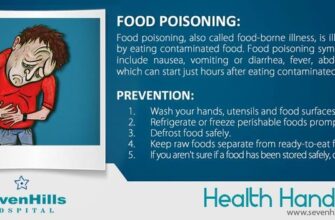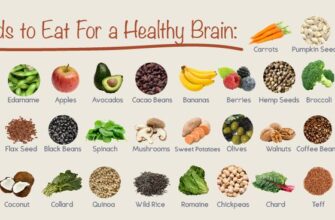In an age dominated by screens and close-up work, the global incidence of childhood myopia is soaring. But what if a simple dietary tweak could offer a powerful defense? Recent research points to a surprisingly familiar hero: Omega-3 fatty acids.
The Growing Myopia Epidemic: A Modern Concern
Myopia, commonly known as nearsightedness, has become a pervasive issue among children worldwide. It`s more than just needing glasses; severe myopia increases the risk of serious eye conditions later in life, including glaucoma, cataracts, and retinal detachment. For years, scientists have grappled with understanding and stemming this tide, often focusing on environmental factors like increased screen time and reduced outdoor play. Yet, the role of diet has remained a less explored, but potentially crucial, frontier.
A Glimmer of Hope from Hong Kong: The Study Unveiled
A significant study, the Hong Kong Children Eye Study, recently shed new light on this pressing issue. Published in the prestigious British Journal of Ophthalmology, this large-scale investigation meticulously examined the dietary habits and ocular health of over a thousand Chinese children, aged between six and eight years. The choice of this demographic is particularly pertinent, as childhood is a critical period for eye development, and Asian populations often exhibit higher rates of myopia.
Researchers employed detailed dietary questionnaires to ascertain the children`s intake of various fats, specifically focusing on Omega-3 fatty acids and saturated fats. These nutritional profiles were then correlated with precise measurements of their ocular health, including the length of the eyeball (axial length) and visual acuity. The elongation of the eyeball is a hallmark indicator of progressive myopia.
The Nutritional Link: Omega-3 as a Protective Shield
The findings were, to put it mildly, compelling:
- Omega-3`s Protective Role: Children with the lowest intake of Omega-3 fatty acids exhibited a statistically significant tendency for longer eyeballs and more pronounced signs of myopia. Conversely, those with higher Omega-3 consumption displayed a protective effect, suggesting a reduced risk of developing nearsightedness.
- The Saturated Fat Factor: Adding an intriguing layer to the puzzle, the study also found that an excessive intake of saturated fats appeared to escalate the risk of myopia. This suggests a delicate balance in dietary fat composition is crucial for optimal eye development.
While the exact biological mechanisms are still being fully elucidated, Omega-3 fatty acids, particularly DHA (docosahexaenoic acid), are known components of retinal cell membranes. They play a vital role in the proper functioning and development of the retina. Their anti-inflammatory properties could also contribute to maintaining a healthy ocular environment, potentially mitigating factors that lead to eyeball elongation.
“Who knew that the path to clearer vision might be paved with… a side of salmon?”
From Research to Reality: Practical Dietary Strategies
The implications of this study are profound, offering parents a tangible, proactive strategy for their children`s eye health that extends beyond limiting screen time or ensuring outdoor play. Integrating Omega-3 rich foods into a child`s regular diet could be a simple yet powerful intervention.
Excellent sources of Omega-3 fatty acids include:
- Fatty Fish: Salmon, mackerel, sardines, tuna (light, skipjack).
- Plant-Based Sources: Flaxseeds, chia seeds, walnuts, and flaxseed oil.
- Fortified Foods: Some eggs, yogurts, and milk products are now fortified with Omega-3.
It`s a refreshing thought: addressing a modern health challenge with a return to fundamental nutritional principles. While supplements are available, prioritizing whole food sources ensures a broader spectrum of nutrients and avoids the potential for over-reliance on isolated compounds.
Beyond Vision: A Holistic Perspective
It`s worth noting that Omega-3`s benefits extend far beyond eye health. Previous research has highlighted its role in brain development, reducing inflammation, and even alleviating chronic pain. This only underscores the importance of a balanced diet rich in essential nutrients for overall well-being.
Looking Ahead: A Clearer Future for Young Eyes?
While this study provides compelling evidence, further research is always warranted to confirm these findings across diverse populations and to pinpoint the optimal dosages and dietary patterns. However, the message is clear and actionable: paying attention to children`s dietary fat intake, particularly ensuring adequate Omega-3, represents a promising avenue in the global effort to prevent childhood myopia.
In an era where technology constantly challenges our vision, it`s perhaps a touch ironic, and immensely satisfying, to find a natural, dietary solution emerging as a key player in protecting the eyes of the next generation. A simple spoonful of healthy fats, it seems, might be worth a thousand words – or at least, a thousand clear views.







